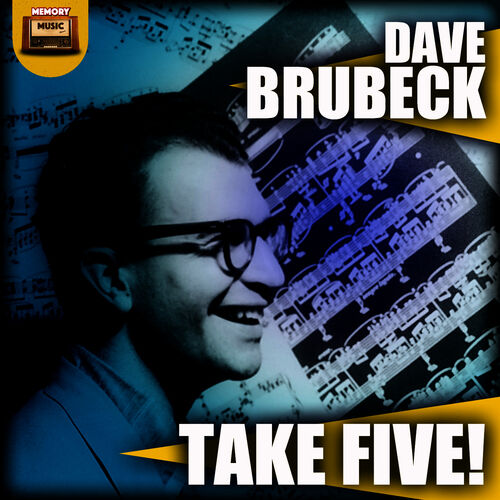

6/8 means there are 6 beats in each measure and an eighth note receives one count.2/2 means there are 2 beats in each measure and a half note receives one count.2/4 means there are 2 beats in each measure and a quarter note receives one count.4/4 means there are 4 beats in each measure and a quarter note receives one count.Here is a quick cheat sheet: Bottom number And if the bottom number is an 8, it means the beats are 8th notes. If the bottom number is 2, it means the note value is half notes(half notes per measure).

If the bottom number is a 4, it means the beats are quarter notes (four quarter notes in a measure). The bottom number in time signature tells you what note values those beats are. The top number tells us the number of beats in each measure. Time signatures consist of two elements: a top number and a bottom number. Understanding time signatures is crucial to learning, performing, and appreciating music, particularly when playing rhythm-intensive instruments like the piano.

The top ‘4’ tells us there are four beats per measure, and the bottom ‘4’ means a quarter note signifies one beat. The upper number indicates the number of beats in each measure, while the lower one defines the note value that equals one beat. They are represented by two numbers stacked vertically at the beginning of a score. Time signatures, or meter signatures, are the notations in sheet music that guide the rhythmic structure of a piece. No credit card details required Start your piano journey now! What are time signatures?


 0 kommentar(er)
0 kommentar(er)
